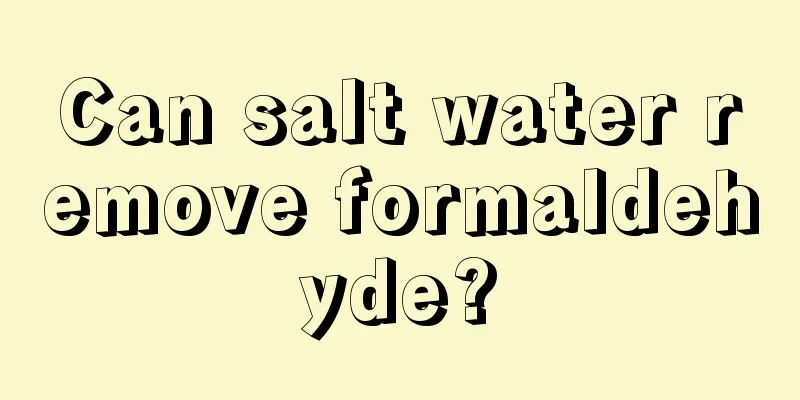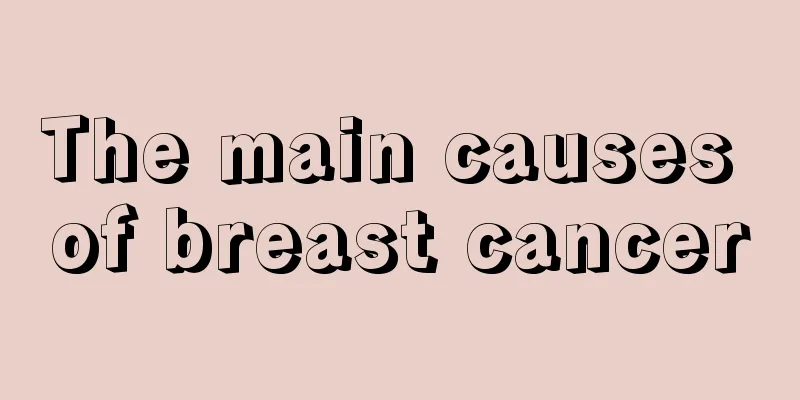Biliary stent implantation

|
We often hear that heart disease patients generally need to have heart stents built during treatment. Many patients with bile duct diseases also need to have bile duct stents built. Because patients with bile duct stenosis have bile duct congestion, it is easy for bile to not flow out. At this time, stents are needed to help bile flow out to avoid diseases such as jaundice. So how is the bile duct stent implantation surgery performed? Biliary stents are generally used for patients with bile duct stenosis. There are two types of stenosis: benign and malignant. After stenosis, bile cannot flow out and the patient will experience jaundice, abdominal pain, fever and other discomfort symptoms. ERCP is an endoscopic procedure, which involves placing a stent in the bile duct just like doing a gastroscopy, supporting the narrow area and establishing a channel for bile to flow out, so that the bile can flow into the intestine to take effect. This operation is less invasive and has good results. The biliary system has the functions of secreting, storing, concentrating and transporting bile, and plays an important regulatory role in the discharge of bile into the duodenum. Malignant biliary obstruction caused by malignant tumors such as bile duct cancer, liver cancer, pancreatic cancer and metastatic cancer has a high incidence rate and is often discovered in the late stage. Implanting a biliary stent into the site of stenosis or obstruction is currently a better method for treating biliary obstruction. The biliary system has the functions of secreting, storing, concentrating and transporting bile, and plays an important regulatory role in the discharge of bile into the duodenum. The bile duct transports bile to the gallbladder and duodenum, and the bile capillaries play an important role in regulating the flow and composition of bile. The gallbladder has the functions of concentrating, storing, excreting and secreting bile. Bile has the following main physiological functions: (1) Emulsified fat: After bile salts enter the intestines, they combine with the fat in the food to form water-soluble fat particles, which are beneficial to the absorption of the intestinal mucosa. (2) Promote the absorption of fat-soluble vitamins. It is beneficial to the absorption of fat, cholesterol and vitamins A, D, E and K. (3) Inhibit the growth of pathogenic bacteria and endotoxin production in the intestine. (4) Stimulate intestinal peristalsis. |
<<: Nerve cell repair and regeneration therapy
>>: What are the 8 liver functions?
Recommend
Does a hair clip hurt your hair?
In order to maintain the smoothness of hair, we o...
Will colonoscopy cause cross infection?
If we are sick, we will inevitably go to the hosp...
How to diagnose pancreatic cancer
If you know about pancreatic cancer, you should k...
Analysis of the reasons for the spread of lung cancer
Many people may be unfamiliar with the metastasis...
What is slightly fat?
People nowadays love beauty very much and don’t l...
The HPV type that most directly causes cervical cancer
The main symptom of early cervical cancer is cont...
What is the normal 24-hour urine protein content?
The so-called 24-hour urine protein quantificatio...
Can canine distemper be transmitted to humans
Pollution in modern society is becoming more and ...
After the Great Cold, strengthen the kidneys and nourish the blood
Although we have just entered early winter and th...
What's wrong with lupus erythematosus having proteinuria
Systemic lupus erythematosus is a relatively comm...
What should I do if my fasting blood sugar is high? What is the reason?
Some friends find that they also show high blood ...
Neurological deafness
Sensorineural hearing loss is caused by changes i...
What should I do if I can’t defecate after rectal cancer relapses and metastases after surgery?
What should I do if I can’t defecate after rectal...
What is high uric acid? Come here to find out
In daily life, many people have heard of high uri...
My waist hurts when I lie down to sleep at night
The form of low back pain that occurs in each per...









